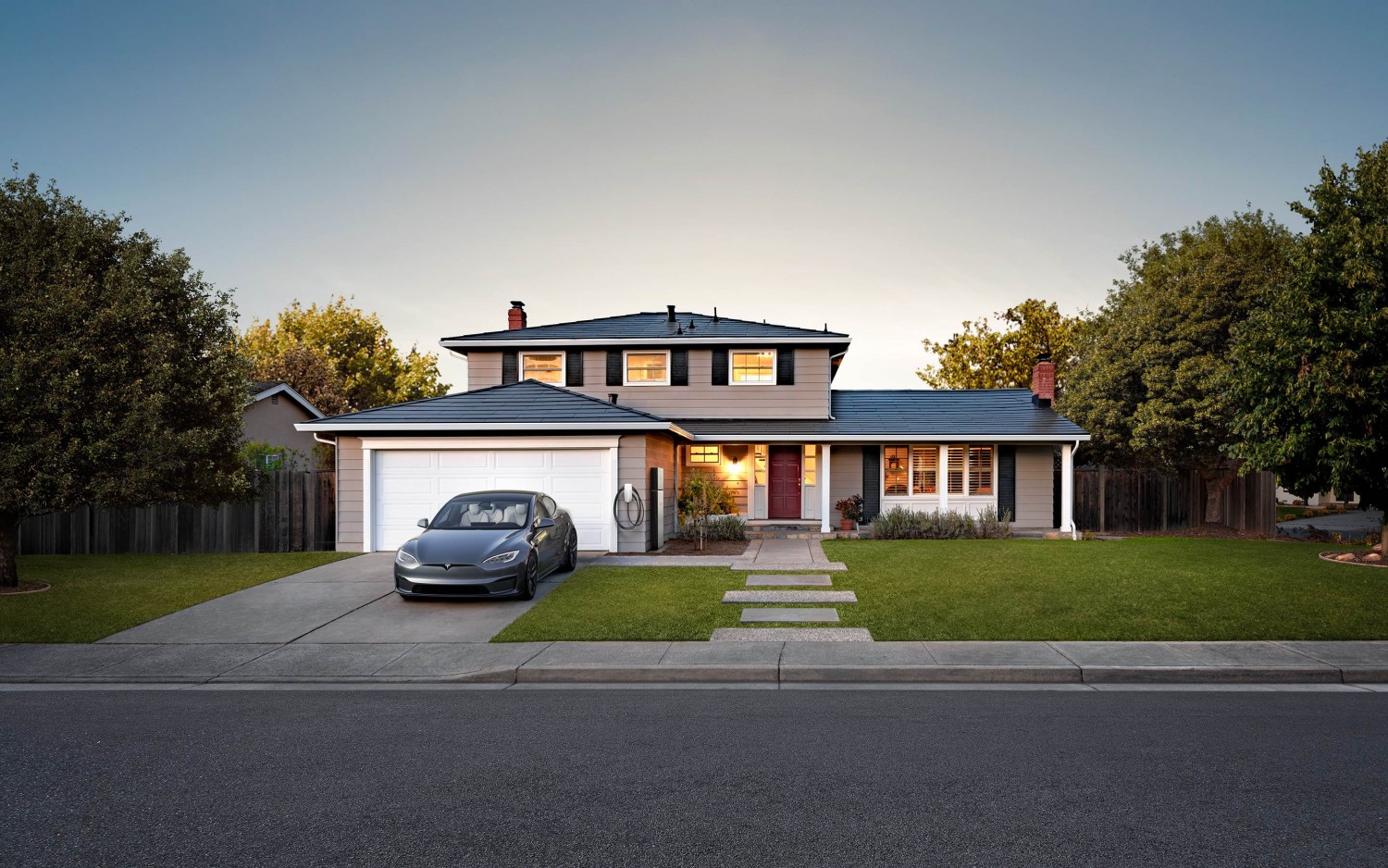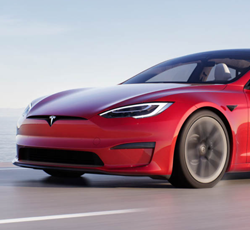
SpaceX Starship Plan 2.0 and SpaceX Still On T
- by NextBigFuture
- Sep 29, 2025
- 0 Comments
- 0 Likes Flag 0 Of 5

Brian Wang
SpaceX’s Starship Spaceport Plan 2.0 outlines a vision for high-cadence, airport-like spaceports enabling Starships to fly everywhere routinely. This shifts from low-volume launches to daily operations, supporting Mars colonization and beyond.
SpaceX has a blueeprint for airport-like spaceports, where Falcon 9’s 2025 tempo (~every 2 days) scales to Starship’s 400+ flights/year and accommodates rivals like Blue Origin or ULA or Rocketlabs.
3 Starships built each day and feeding pads that handle 10+ launches/month per site.
There will be AI-driven trajectory sharing and virtual exclusion zones that will safely shrink safety buffers 50%. This will enabled back-to-back launches like Falcon 9 at dawn and then Starship at dusk.
Multi-User Equity- SpaceX pledges fair access via shared infra structure. This counters monopoly fears in FAA EIS reviews.
Starship’s 1,000-vehicle/year output needs a lot of pads and efficient turnaround.
September 18, 2025, SpaceX published a plan called Evolving the Multi-User Spaceport. Launch sites of the future need to be fully operationalized like an airport. That means multiple launches a day from multiple providers, able to launch when ready to support a variety of vehicles and missions. SpaceX is committed to working collaboratively with federal regulators, the federal ranges, and industry partners to realize this vision, including making significant investments in scientific research on blast and acoustics, physical infrastructure, and operational techniques and modern tools that foster dynamic, safe, and high-cadence spaceports in the USA.
As programs progress and capabilities are proven, these clear areas can be dramatically reduced while maintaining safety standards. For example, the clear area associated with the Falcon rocket has decreased substantially as the rocket has demonstrated reliability over its lifetime. This shrinking of clear areas over time extends not just to the immediate area around the launch pad, but also to the air and sea space along planned flight trajectories, where today Falcon 9 has a minimal impact on air traffic for most flight trajectories. The duration of area clears associated with Starship will also be low, as the vehicle and its associated ground systems have been designed to complete propellant loading in under an hour.
Rendering of future Starship launch pads planned for Space Launch Complex-37 at Cape Canaveral Space Force Station in Florida
On September 28, Dima Zeniuk (SpaceX/Tesla manufacturing lead) said SpaceX is building a $250 million GIGABAY at Starbase to ramp up Starship production. The 700,000-square-foot facility aims to produce up to 1,000 rockets per year by the end of 2026. This is 1000 raptor rocket engines per year. This echoes Elon Musk’s May 2025 tease of a biggest structure in the world to eventually enable 1,000 ships/year. There is the difference between 1000 rocket engines and then eventually 10,000-40,000 rocket engines an 1000 Starships and Super Heavy boosters.
We're still on track to send the Starship to Mars next year pic.twitter.com/3lhEt1QOXg
Please first to comment
Related Post
Stay Connected
Tweets by elonmuskTo get the latest tweets please make sure you are logged in on X on this browser.






 Energy
Energy


















